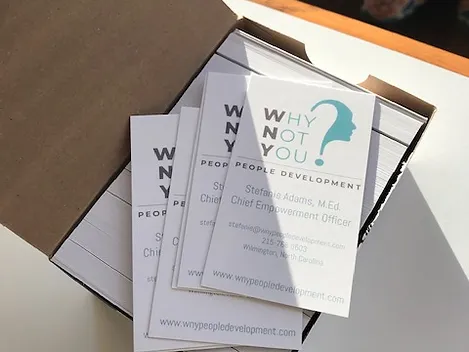
This weekend, the United States surpassed China for most reported Covid-19 cases. As of this morning, over 123,000 people have been infected, and our country has had over 2,000 deaths.
I’m not going to make this political, but there is a political component I would like to highlight. Like most people, I am confused, scared, and unsure of the future, and I find myself questioning our country’s ability to make decisions that will save lives. Why am I feeling this way? When I turn on the news, the President says one thing, the medical community says another, state governments are making their own proclamations, and local counties and cities are adding their own flair; don’t forget about social media “experts” weighing in, and presenting personal commentary as facts. It’s a mess, and at this point, I’d rather seek out and read online”Tiger King” conspiracy theories as a welcome distraction from the leadership discourse (SIDENOTE: If you haven’t started watching this show on Netflix, it’s a must see, especially now!). At a time when we should be coming together to fight an invisible enemy, I feel we’re more fractured than ever, and it’s leaving many feeling overwhelmed, anxious, and fearful.
It’s hard to keep up in this rapidly developing crisis; without clear guidance, and a streamlined message from people that are supposed to be in charge, chaos is growing in an already chaotic environment. There’s a very important lesson here…whether you lead a small team of three, or a nation of 330+ billion people, honest, transparent, concise, and frequent communication matters, especially in times of change.
Over the past three weeks, business has transformed, largely to a virtual environment; as we navigate and adjust to our “new normal”, for some, the transition has been a struggle. Now more than ever, leaders need to be connecting and communicating on multiple levels. Here are a few basic communication strategies for leaders to help teams continue to achieve goals, and move forward with positivity:
1) Schedule consistent virtual 1:1s
-provide a safe space for employees to share concerns, experiences, and barriers to
success
-demonstrate genuine care and concern for mental and emotional well being
-be honest and realistic
2) Schedule consistent team meetings
-highlight successes, even the small ones; we all need a little “winning” in our lives these
days
-clearly define short and long term goals, but vocalize that you understand the team may
need to adapt and flex as conditions change
-collaboratively discuss ways to overcome challenges; encourage innovation, risk taking,
and process changes to reflect transitioning business models
-assign a strong notetaker for each meeting (document “Goal”, “Who”, and “By
When”); assure notes are sent to the team within a few hours, and set clear
expectations, so each person knows what they are being held accountable for, and by
when
3) Make communication interactive and FUN!
-in these times of high anxiety, isolation for some, crowded homes for others, infuse
personal and fun elements into your virtual communication
-introduce your “coworkers” (AKA, your family or pets)
-host a “Crazy Hair” meeting; most wild, gets a pizza sent to their home
-virtual dance off or plank challenge
-Ugliest PJ Pants Challenge
In times of uncertainty, humans need communication; reach out, share stories, challenge norms, and connect. Information is power, and the more you share with your teams, the more they will be forward focused, and feel empowered to build the next generation of the business.
Stay safe. Stay healthy. Be kind. #WhyNotYou


